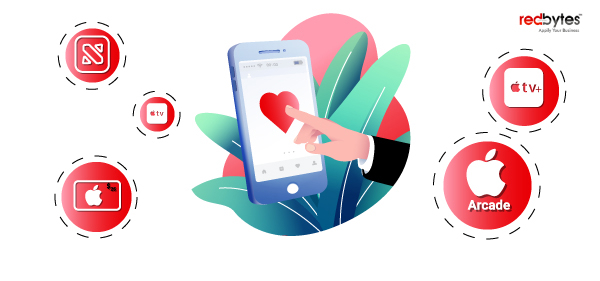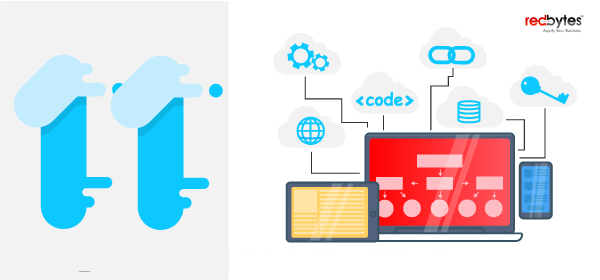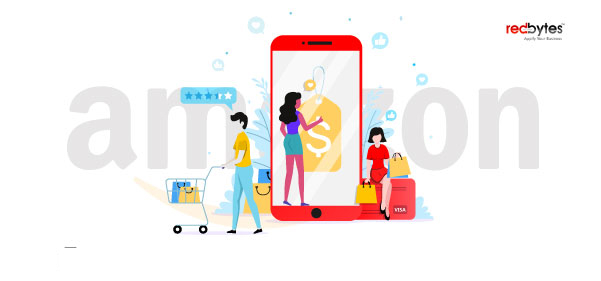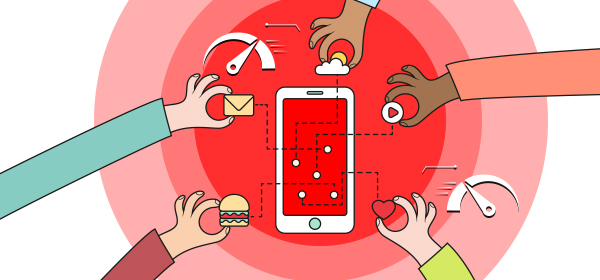Launching the beautifully developed mobile app is undoubtedly the most crucial aspect of mobile app success. However, the reality is different from what you enthusiastically imagine.
Not having a well-conceived mobile app launch marketing strategy in place will surely bring disappointment and all the efforts you invested in development will go in vain.
Launching your mobile app in the market should therefore be followed by effective post-launch app strategies that involves broader product vision, balance between organic and paid media promotions, and social engagements.
To maintain steady flow of users, boost downloads and build loyal app followers, you require a comprehensive app marketing strategy post its launch.
Read Also: Why Should Mobile App Developers Consider Flutter in 2019
Read on to learn all trending post-launch strategies for your app and how you should approach them.
1) Typical thoughts on post-launch approach
A single strategy for elevating mobile app downloads in online market should involve multi-approach methods and channels. The holistic efforts are considered ideal for giving your app a much power and ease to stand out and appear noticeably post launch among mobile app users.
The typical thoughtful questions you should be asking at this stage would be:
- How do we get to meet the competition post launch?
- What is the unique proposition of our app that we can use for promotion?
- How to address the possible issues of crashes, bugs and performance?
- What to do to monitor and evaluate app performance?
- Should I try organic promotion or paid media?
- What improvements and updates to introduce to retain and engage the audience?
Amid all the tension and chaos of building effective post launch app strategies, one should never neglect the luminous role of paid media promotion as it helps reach and find new users.
But you also need to fuse it with organic promotion tactics for maintaining user engagement and inspire word-of-mouth spread. The combination of both gets your app immense traction and momentum needed to acquire and retain more users.
Remember that while organic promotion creates a strong fan base, paid marketing amplifies visibility and discoverability.
2) Power of Search Advertising
The biggest and most primary-level action that you should take as a post-launch app success strategy is the course of online search advertising. The search ads basically seem to benefit in enhancing exposure and downloads.
Usually, according to Google, 50% of mobile app downloads are a result of search ads that reach users at the moment they think of a purchase. In a more general app marketing insight, 27% of people discover apps using search engines.
To kick-start your own healthy App Install campaign, go to Google Adwords and unlock your search advertising potential.
3) Encourage User Reviews
Reviews are the best way to retain the flow of new customers of your mobile app. BrightLocal says nearly 88% of people trust reviews written by other app users in addition to personal recommendations.
This suggests that consumer reviews and starred ratings help attract new users for your app much faster.
As you pull in more reviews, you also develop a sense of credibility and loyalty around your app. In-app notifications with special offers are the best way to prompt for reviews.
The only caution here is to maintain sanity to appreciate user’s comfort level or they will instantly unsubscribe or uninstall the app upon getting bulk messages.
To pile up more valid reviews, you can introduce a system of offering small incentives for those who spare time to share feedback, just like what is implemented by a few travel booking apps nowadays.
You can customize your own review popup to ask for reviews and offer incentives with the help of special review plugins.
Make sure your feedback system is unobtrusive and only prompt a review popup after users have explored the app enough to have an opinion.
4) Glorious Customer Service
The glory your mobile app receives from delivering satisfying customer support translated directly into powerful word of mouth and maximum positive reviews.
To ensure flawless customer support that grows respect and loyalty for your mobile app, you must utilize contemporary channels to enable ease of interactions with you. First, you can attach a Send Feedback button in marketing Emails, Social media responses or in-app chat widgets.
You can let customers voice their struggles with your app by bringing customer care on social giants like Twitter and Facebook. They are nowadays used as prompt, effective and affordable support channels since 70% of customers rely on social media support.
Make sure you are highly responsive as social users expect a fast response.
Each instance of help delivered on social media also turns into likes and shares, a visible proof of your goodness that further spikes app downloads.
5) Be shrewd on Social Media
From fun contests to gamification and awareness campaigns, there is a lot you can do to with your brand’s social profiles. As more than half of Americans consume digital media on daily basis, you can invest in post-launch social engagement strategy for enhanced conversion.
Diverse content formats such as informative videos, fun GIFs, inside-the-app app snaps, marketing slogans and insightful blogs help build numerous followers for your app.
While going social, bear in mind that target platforms are the ones most popular among populace and prospects. Also, don’t put all your eggs in one basket.
Staying focused on just one single platform means going stagnant in the dynamic market.
Try to diversify your efforts and spread the word everywhere to engage your dynamic fans from all available channels. Join leading groups and Q&A portals like Quora if you feel your app is the strong answer to some questions.
As explained earlier, organic reach has its own shortcomings. So, to regain your visibility, exposure and downloads, opt for paid media ads – App Install campaigns – run on Facebook, Instagram and Twitter.
6) Measure, scrutinize and improve
When your support or new updates do not bring as much fruits as you expect, it is time to make continual improvements that really matter.
This is where the reactionary approach post launch comes handy. It is deeper than random publish-and-pray hopes and works effectively if done meticulously.
Though not proactive, measuring and assessing the ongoing technical issues and user behavior puts you on top of errors and bugs in real time.
It does not require traditional roadmap of a strategy as it addresses the issues related to maintenance of user experience after the first launch.
In the same fashion, conversion and retention tracking can also be conducted to monitor downloads, installs, etc. the insight thus derived help you understand what part of your ad copy needs to be refined for fruitful impact.
7) Submission to Review publishers and influencers
This one marketing strategy for post-app launch success should never be left out. It includes posting your app reviews on popular media websites where experts publish their assessment on your app.
The app appraisal displayed on most visited online portals brings immeasurable promotional value as it boosts:
- Awareness
- Reputation/credibility
- App Store ranking
By charging small fees, these trusted app review sites is the best way to grab attention of interested users and push rankings with backlinks that take viewers to your app in the store.
Along with your app, you can submit Press release, pitch, demo video and images.
Before reaching out, make sure your app pitch tunes in to the writing style of authors popular on media sites to increase the chance of acceptance and impact.
Here’s a list of review sites to help you generate credibility and awareness for your app.
8) Craft an irresistible selling point
Though you might think it is applicable in the beginning phase, it is never too late for learning and preparing the map for your customer psychology.
This essentially means not being indifferent about solid selling points that customers wish to grab just at the moment you launch the app.
This part of your mobile app launch marketing strategy hugely incorporates crafting an irresistible selling point that coincides with promotions-curious attitude of mobile app users.
For instance, if it is about your online furniture commerce app, it would be great if you can promote discounts and offers in its initial brand marketing content itself – the idea that lets you not only inject the app quickly but also seize thousands of downloads and enter the relevant market rapidly.
Read Also: 11 Easy Steps to Create a Mobile Application
Final take: Perfect App Promotion wisdom
If the goal of mobile app development is reaching highest success, its strategy should necessarily contain post-launch app approaches as the extension of the development process.
Having viable post-launch app strategies is as important as the launch of mobile app, and without those successive efforts, your app is likely to drown in the unbearably competitive market.
The post-launch app strategies seek perfect balance between paid media and organic promotion. Also establish a reliable system with analytics to monitor app performance to improve, social campaigns for acquisition and engagement and reviews to do the rest.
A broader vision of app launch marketing strategy that eventually benefits with exposure, lifelong loyalty and downloads.





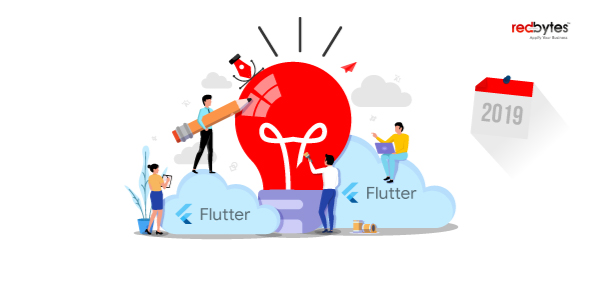




 Xamarin is from the great software giant Microsoft and requires developers to understand C# for writing applications for Android, iOS and Windows.
Xamarin is from the great software giant Microsoft and requires developers to understand C# for writing applications for Android, iOS and Windows.







































